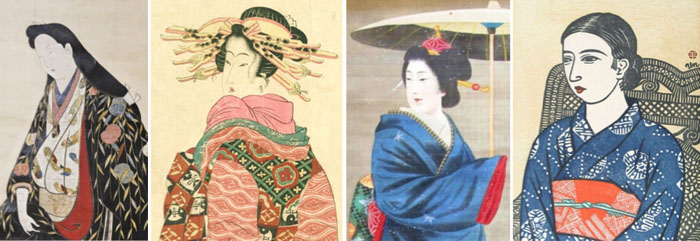Navigation auf uzh.ch
Navigation auf uzh.ch
Responsible for the doctoral project: Jeanne Fichtner-Egloff, lic.phil.
Funded by: URPP Asia and Europe
Project duration: September 2011 – August 2014
Doctoral committee: Prof. Dr. Hans Bjarne Thomsen, Art History Institute, Section for East Asian Art/URPP Asia and Europe; Prof. Dr. Mareile Flitsch, Department of Social and Cultural Anthropology, Ethnographic Museum of the University of Zurich/URPP Asia and Europe; Prof. Dr. Hiroshi Kurushima (Rekihaku, National Museum of Japanese History, Tokyo)
Research Field: Entangled Histories

It is significant that the Japanese term for “art” – bijutsu 美術 – was introduced during the preparations for Japan’s first appearance at
a world exhibition (Vienna, 1873). The term was derived from the German words
“Kunstgewerbe” (arts and crafts) and “Bildende Kunst” (fine arts). The
exact definition of this newly constructed term, and the decisions on what type
of traditions and artifacts should be included or excluded were the subject of
controversies based on the different cultural values in Japan and in the West.
In my thesis, I analyze the complex relations between Japan and Europe in
regard to the term bijutsu and the
various interpretations of the word and concept during the second half of the
19th century and the beginning of the 20th century. A
study of the primary sources at the time of the first Japanese contacts with
European art and architecture (e.g. the Iwakura Mission to Western Countries,
1871-1873) should help to better understand these important processes. The main
aim of my research is to investigate the Japanese reception of Western ideas
and objects on the development of “modern art” – kindai bijutsu近代美術 – in Japan. Examples of the so far unknown
collection of Meiji period (1868-1912) objects at the Ethnological Museum of
St.Gallen in Switzerland will further serve to illustrate the impact of Western
culture on the origins of kindai bijutsu
in Japan.